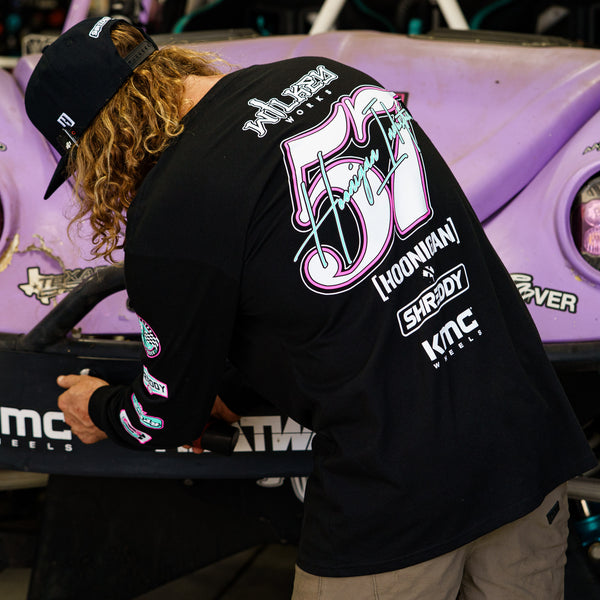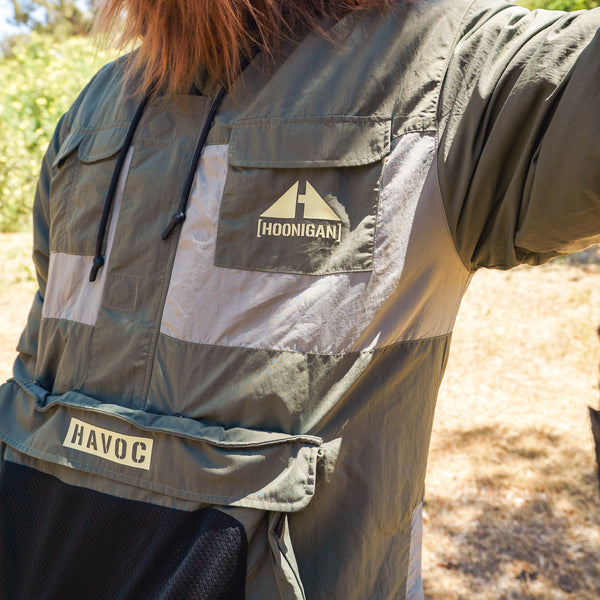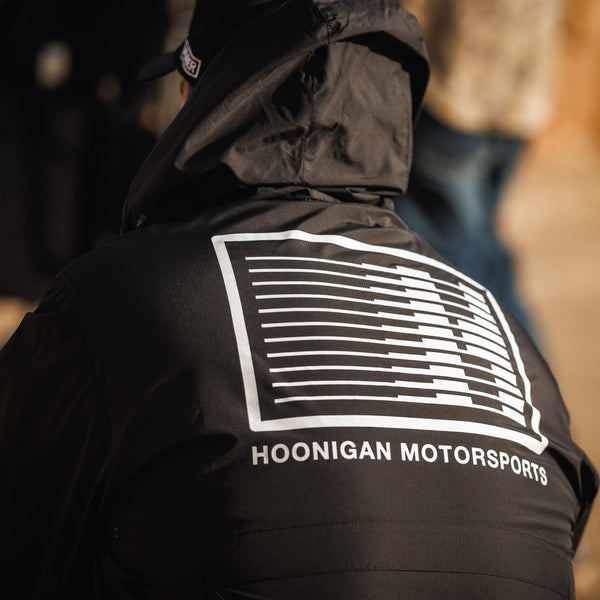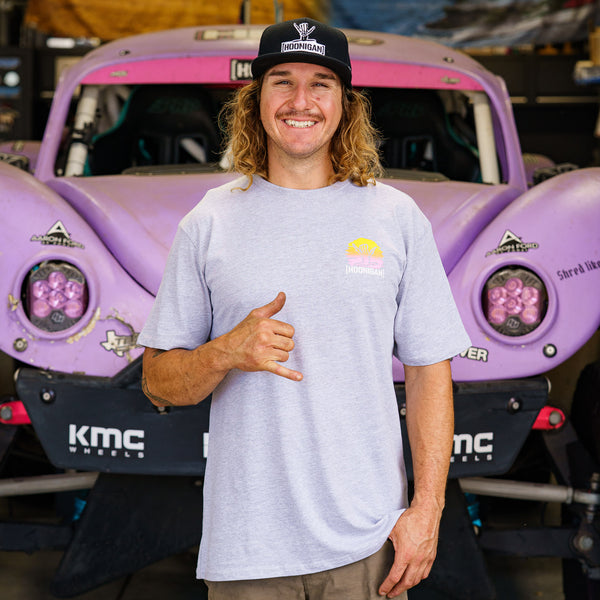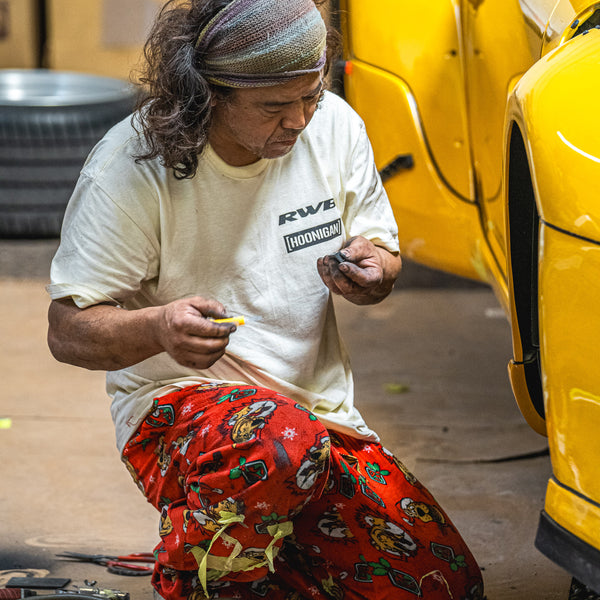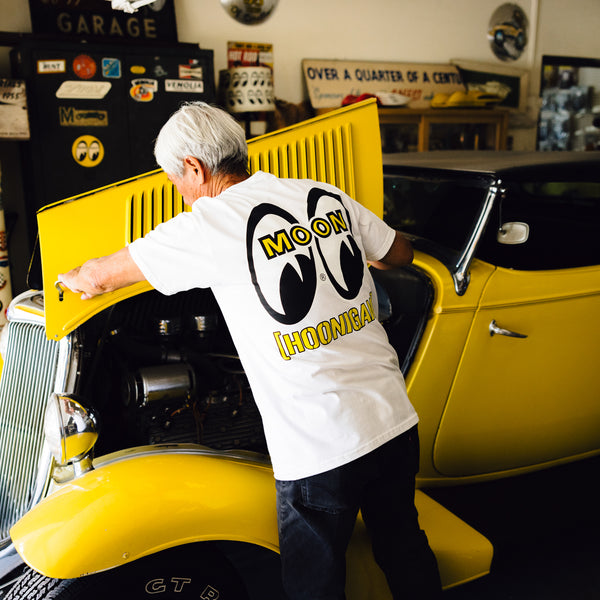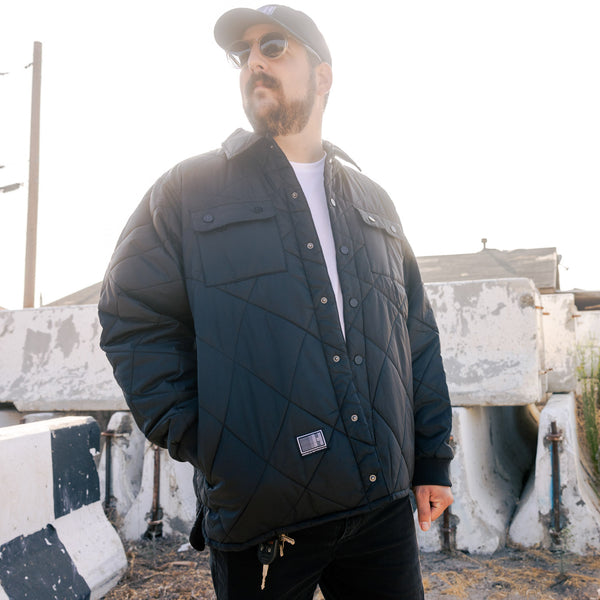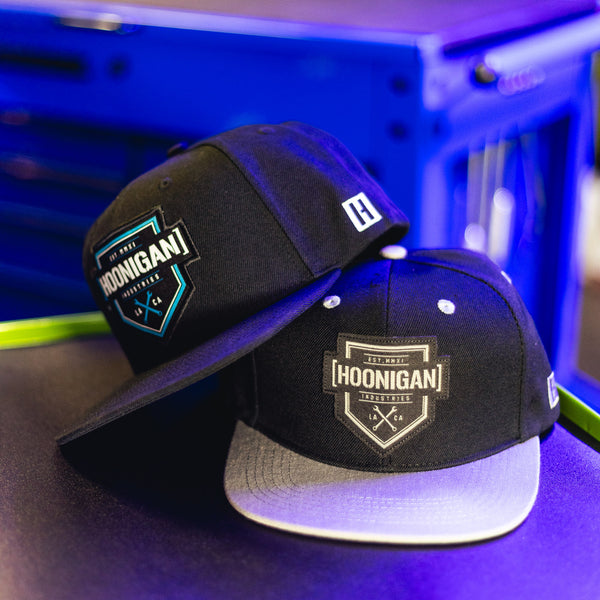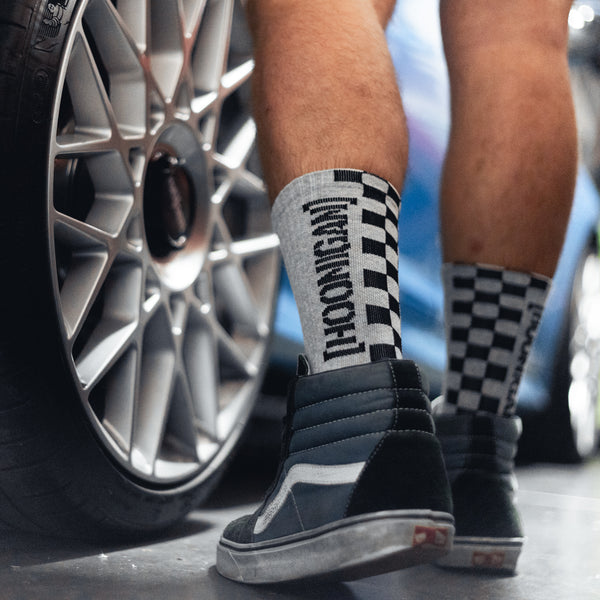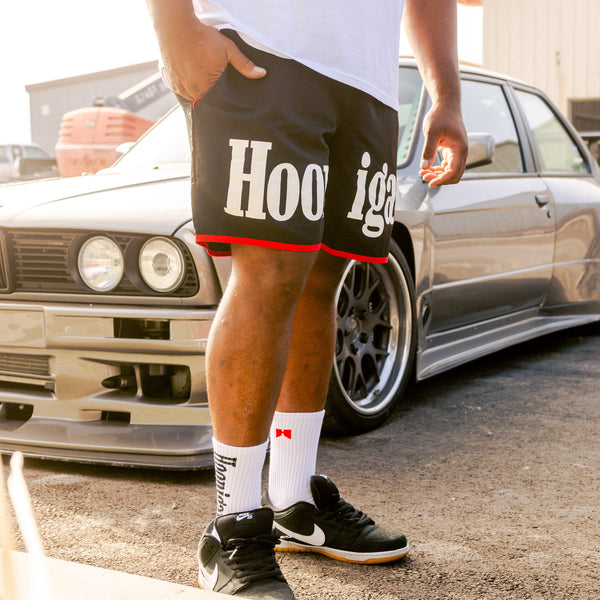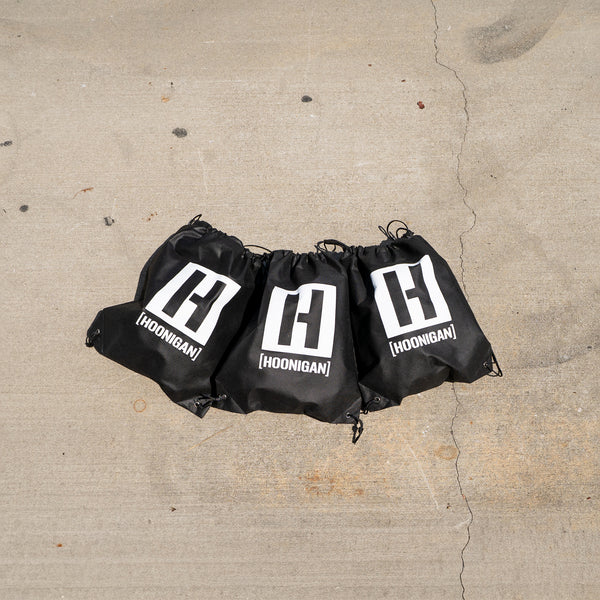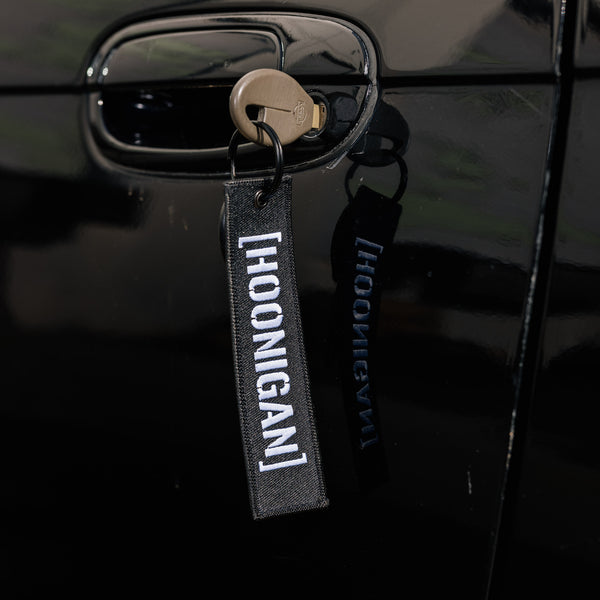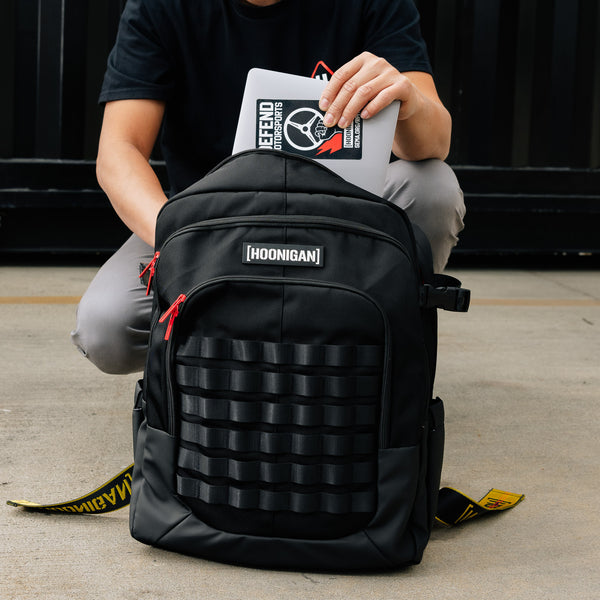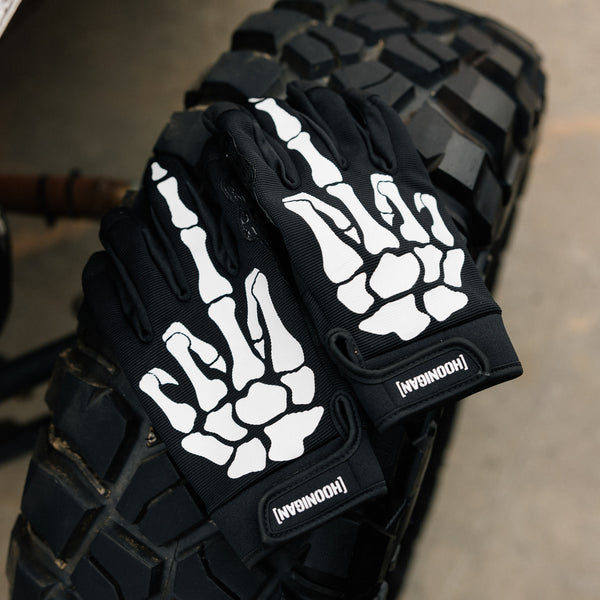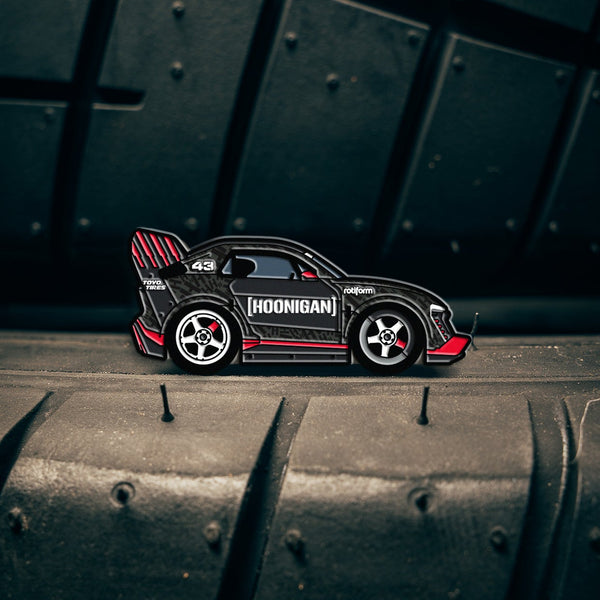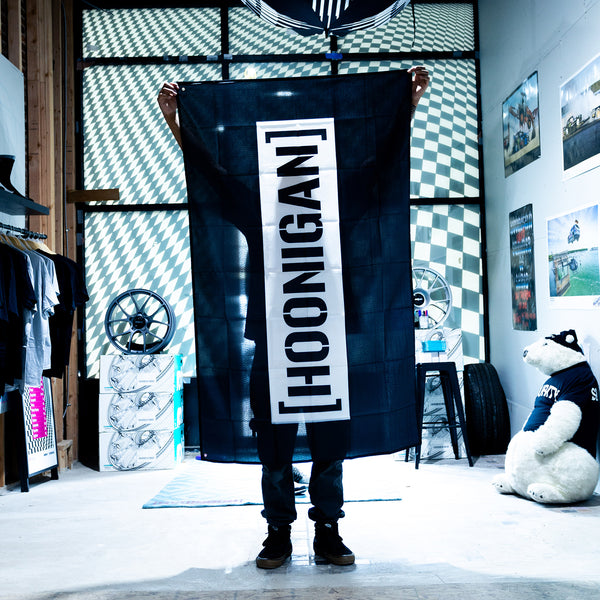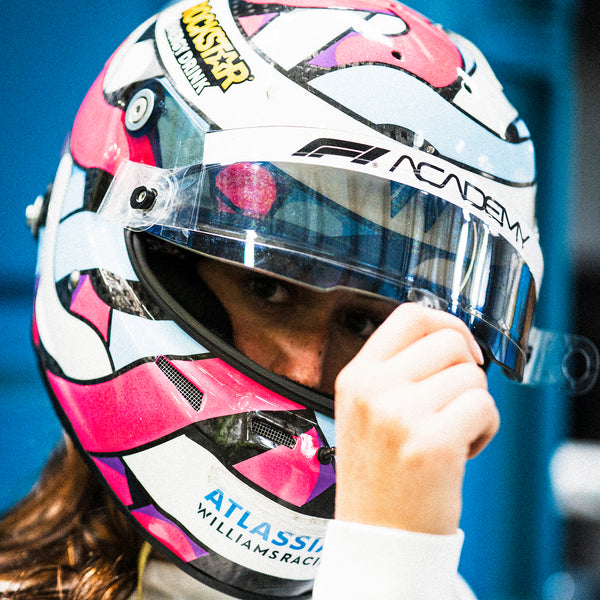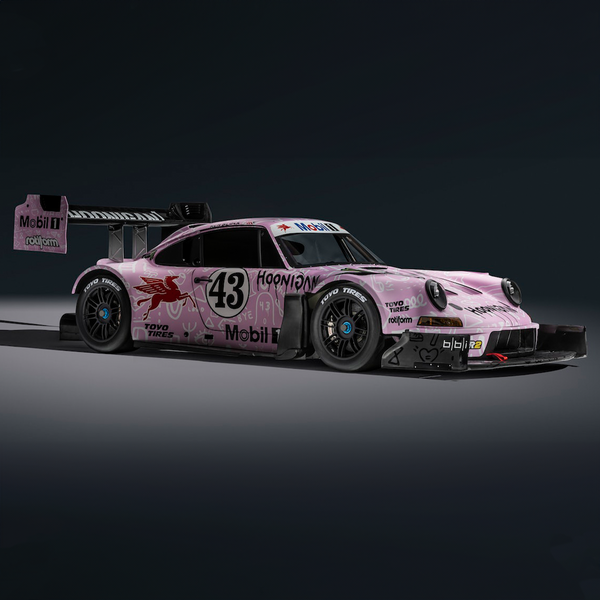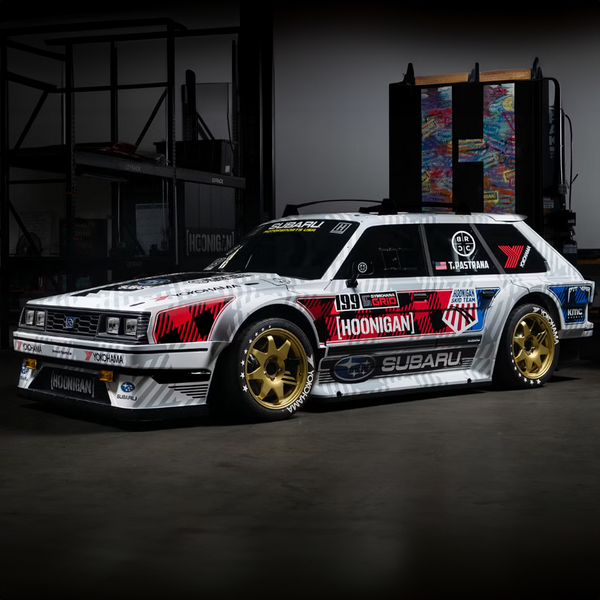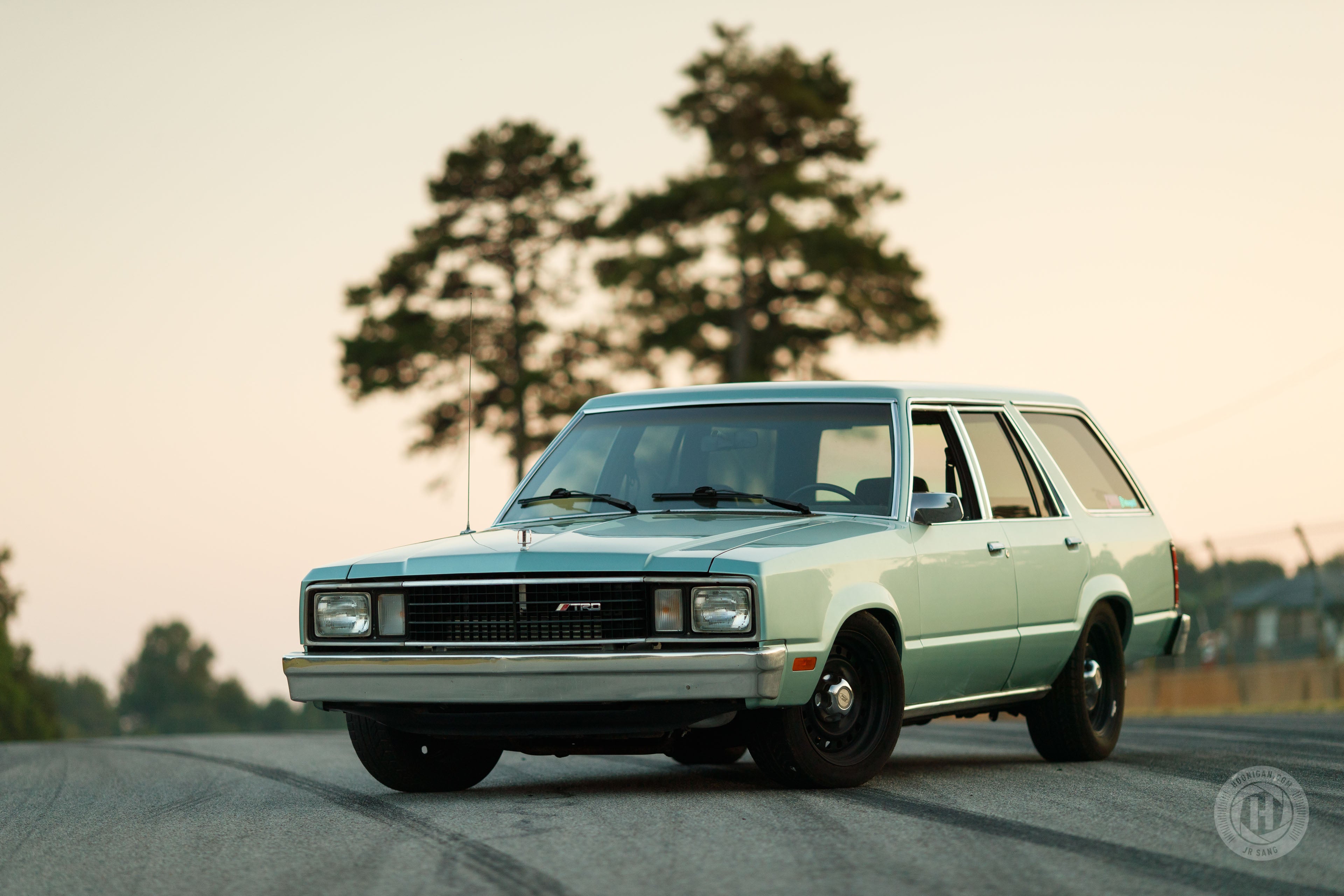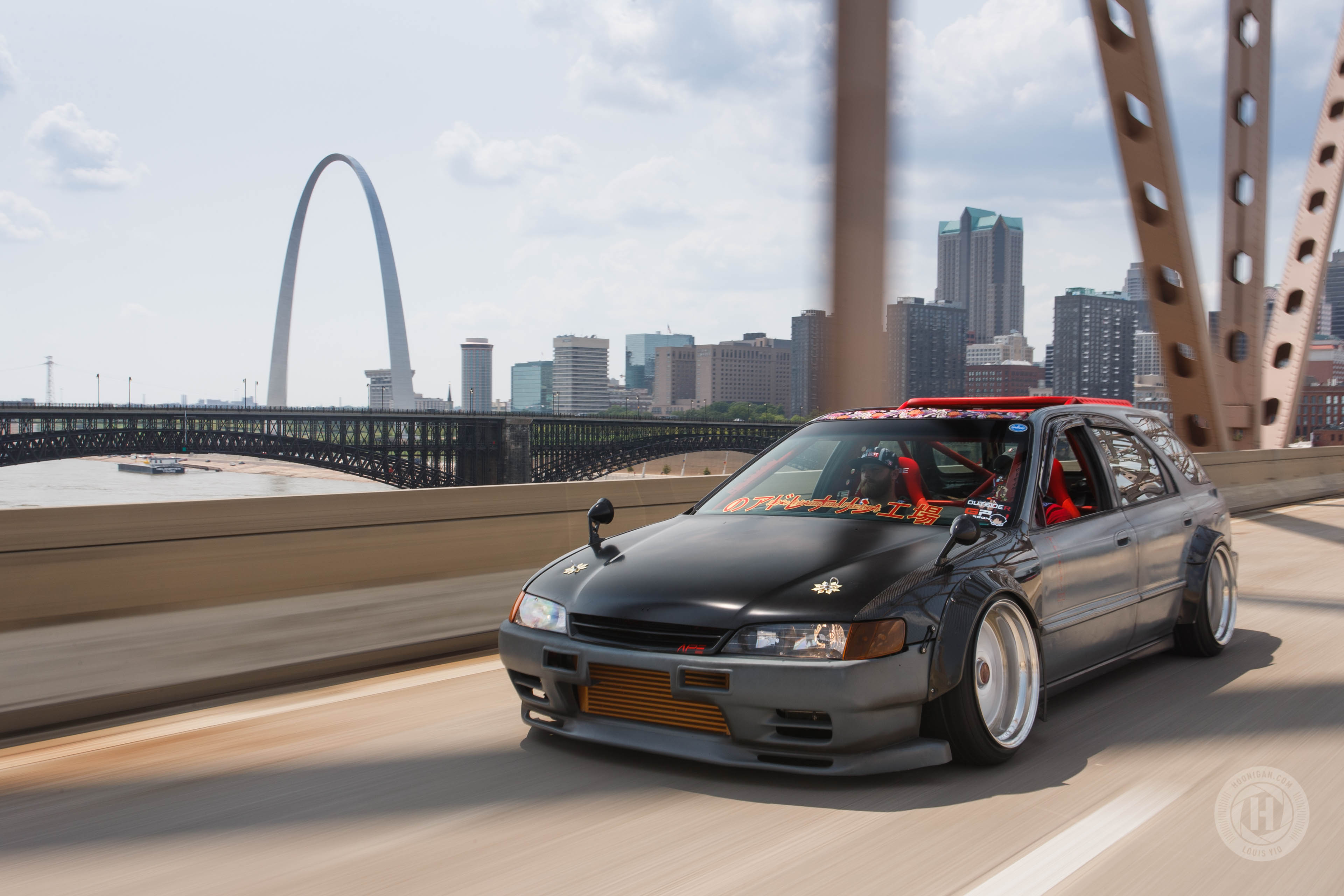In the Sixties, Colin Chapman's went to great lengths toward the extreme weight reduction measures on his Lotus race cars. Hardly a thought was given to driver safety in order to achieve maximum lightness and Colin's work is still seen as extreme to this day. However, that also meant that his engines didn’t need to make as much power in order to achieve the same velocity as his competitors. While Mike Boulanger’s RX-7 is a much safer car than those Lotus racers, the extensive work put into this FD in the name of lightness would make Colin proud.
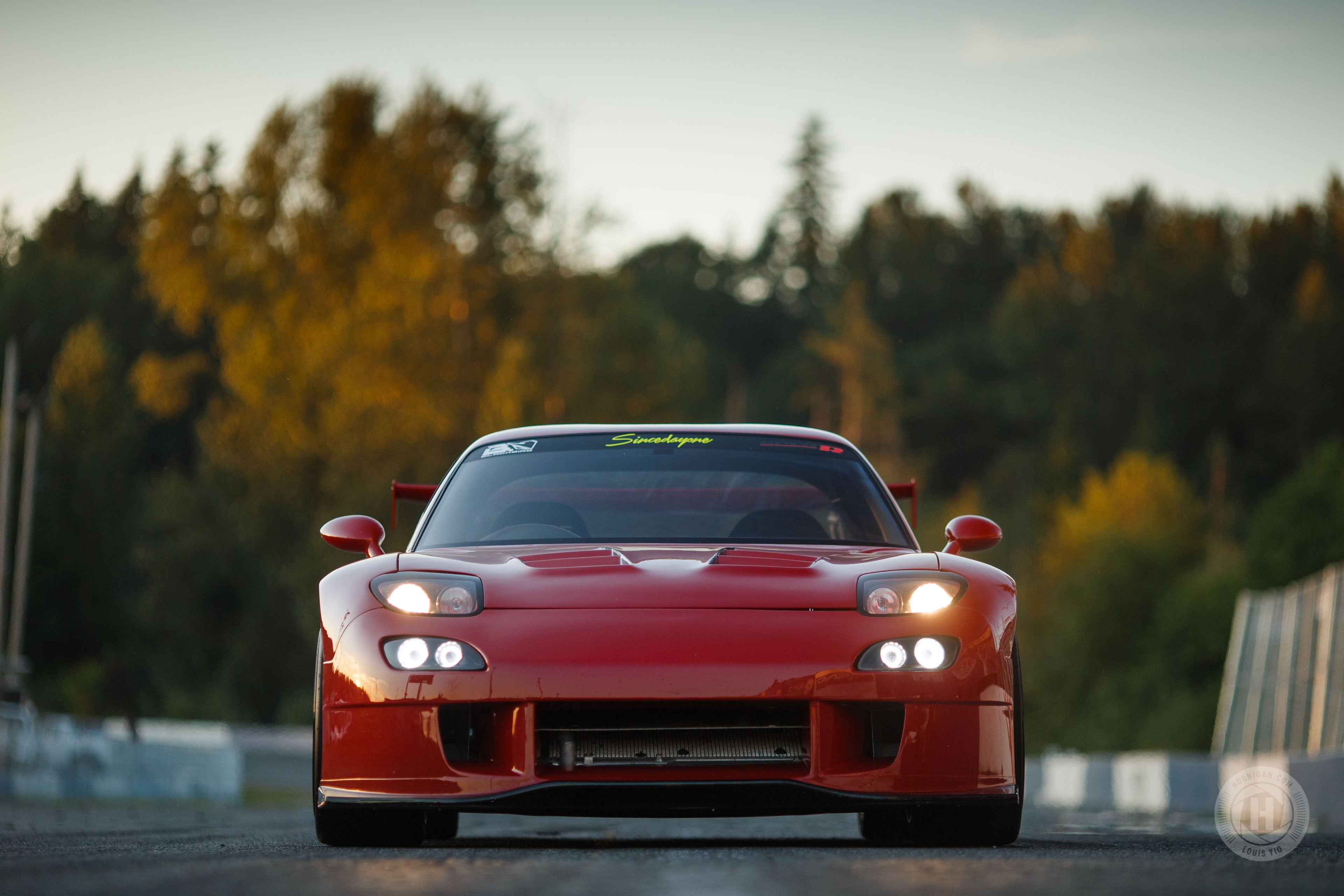 |
 |
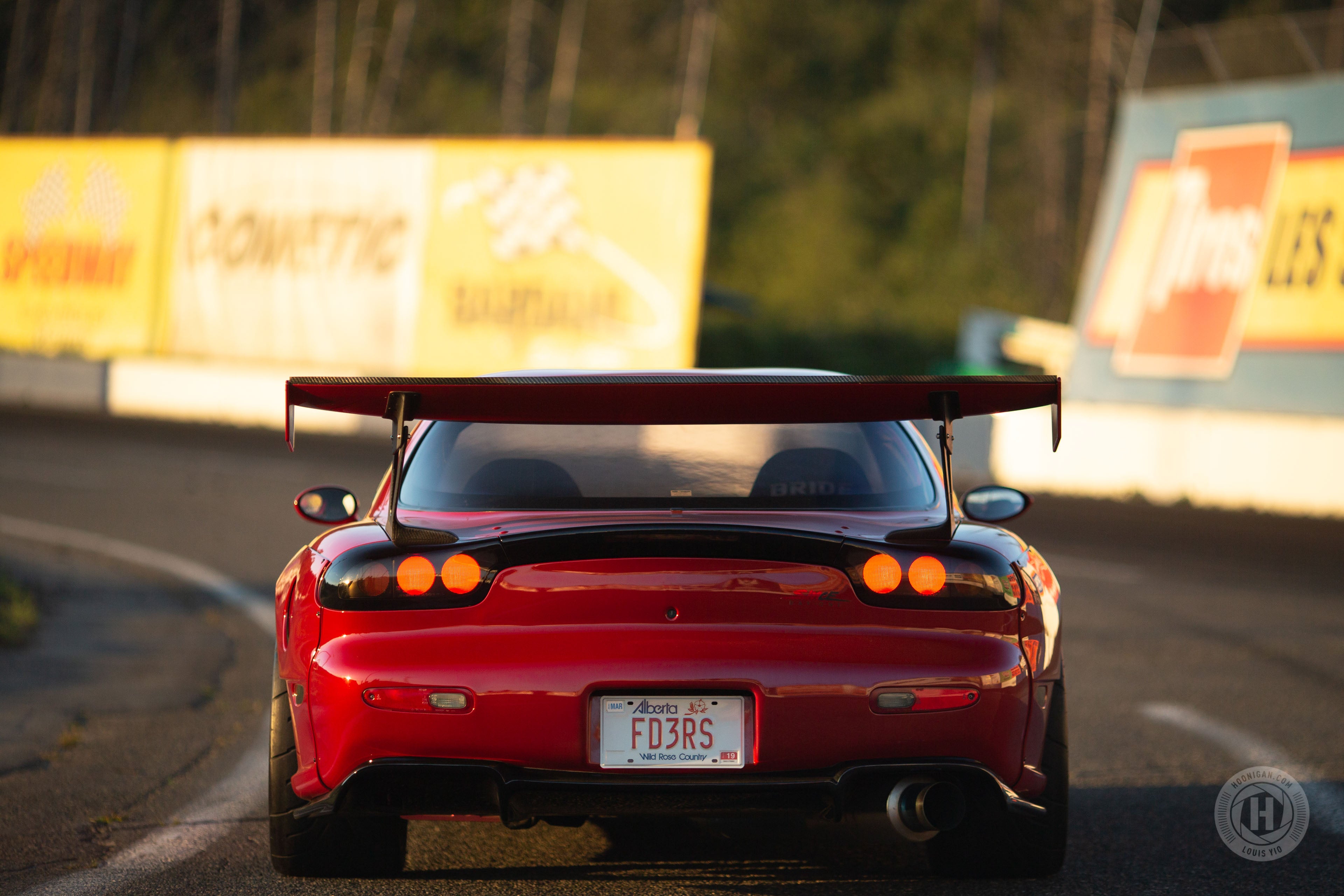 |
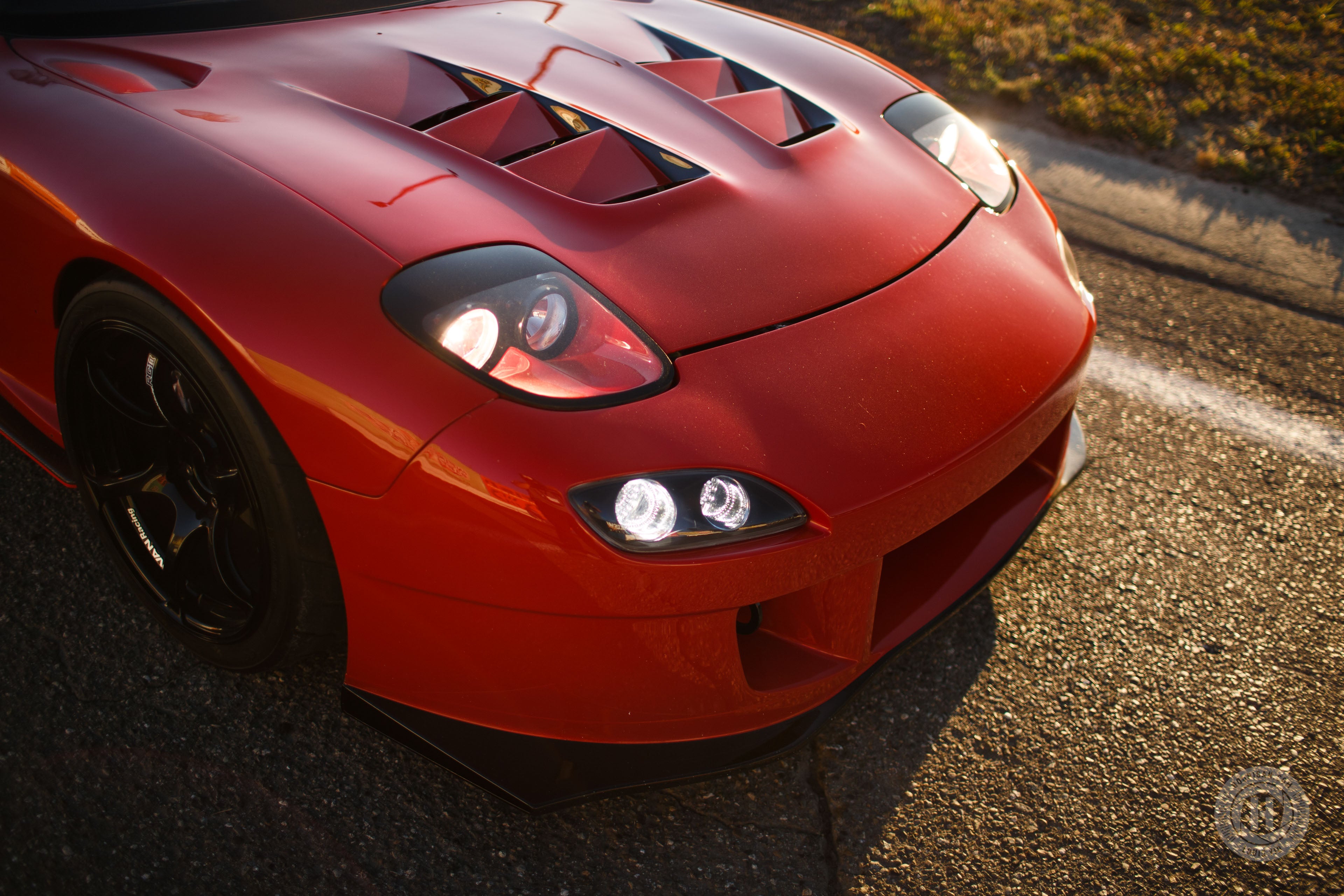 |
Take something as seemingly inconsequential as the lights, for instance. If your lights didn’t require the same amperage as incandescent and halogen bulbs, you could reduce the size of their wires. This is precisely why Mike sourced LED units, which allowed him to use 22-AWG (American Wire Gauge) instead of the 12- or 13-AWG wires. These wires are both about 33 percent smaller and lighter than stock. It may not sound like much, but then small changes can add up to big differences. “The weight reduction methods were born out of three intersecting goals: work with what I have, keep it useable, and take the time to learn from every change,” said Mike.
 |
 |
If that seems extreme, there’s more. In certain places, holes were drilled for weight reduction while steel parts were remade from aluminum or titanium. Mike even strategically cut away and replaced certain hardware with plastic or aluminum. Time-Sert bushing inserts allowed Mike to use smaller diameter bolts and any bolts that could be trimmed down were dispensed with extreme prejudice.
A slip-fit titanium exhaust allowed Mike to use fewer hangers and almost no flanges and save weight when compared to the stock system. The amount of time, energy, and dedication to weight reduction is incredible for a car that’s still a street driver. What’s just as incredible is that Mike and his friend Cole at Blackbird Technical Service did all of the work themselves.
 |
 |
 |
All told, Mike shaved about 350 pounds from the stock car to get it under 2400 pounds. Such weight-reduction madness comes with good reason. “The car runs solely on 91-octane and retains the stock transmission,” said Mike, “so power output is more or less a fixed quantity. I decided that if power was fixed and the car was to retain most of the factory sound deadening, I would have to get crafty to save an appreciable amount of weight.” The FD's engine started life as a new Mazda 13B, but KMM Induction treated it to a 6mm (0.24-inch) bridge port. Aside from the port work, the internals are all OEM, including the three-piece Mazda apex seals.
 |
Elsewhere in the engine bay, things are far removed from OEM specs. The Koyo radiator replaces the OEM heat exchanger and is V-mounted along with the HKS intercooler. Said intercooler is matched by a HKS T04Z turbocharger that sends boost through a full titanium charge pipe set-up while a SARD Race blow-off valve prevents turbo surge when the throttle isn't open for business.
The trimmed inner fenders are also evident under the hood, exposing the feathery Kevlar fender liners made by Blackbird Technical Service. Let's not forget the custom 100mm downpipe with the HKS GTII 60mm wastegate, which feeds into a 90mm exhaust and a one-off Reinhard muffler hanging under the DAMD rear diffuser.
A ProEFI Pro128 controls the Injector Dynamics 1050cc/min primary and 1680cc/min secondary injectors with IGN-1A ignition coils on the primary and secondary spark plugs. In place of a heavier standard unit, a lighter solid state relay controls the SL65 fuel pump, while the Holley Hydramat ensures all the fuel is pulled in by the pump. All of these mods enable the FD to run 20psi (1.4bar) with 91 octane and no water meth injection, and Mike has set a best quarter-mile time of 11.7-seconds at 128mph with just 18.6psi (1.28bar).


The exterior isn’t finishing in Mazda’s original Vintage Red, but BMW’s Melbourne Red while the engine bay is shot in Lamborghini Grigio Telesto, a nice slate gray color that's more appealing than flat black. The steel unibody is strategically cut for weight savings and to fit parts as needed, but it's still mostly intact. The front bumper is a URAS Type GT piece with Car Shop Glow LED combination lights.
A custom front undertray works with the bumper to prevent any drag-inducing air from flowing into the engine bay. However, the intercooler still requires heat extraction, which is aided by the RE Amemiya AD9 hood vents. The Shine Auto overfenders allowed Mike to cut the rear quarters as needed. The sideskirts are TCP Magic pieces with integrated barge boards. The heavy OE hatch glass was replace with a Plastics4Performance tinted Lexan unit, while an Esprit 052S wing with dry carbon mounts finishes off the rear end.
 |
 |
 |
Of course Mike wanted lightweight wheels, so he opted for a set of Yokohama Wheel Advan Racing RGIIIs in 18x10 front and 18x11 rear with Toyo R888 tires to generate grip. The RGIIIs feature a flow-formed aluminum construction, where they are initially cast before the barrels are rotary forged to shape. Finally, the spokes are machined to reduce weight even further over the RGII. The Advan Racing logo is even machined out between the spokes, though this looks to be done more for style than with weight savings in mind.
The suspension features a set of Aragosta coilovers with 14kg/mm front and 12kg/mm rear springs. Both the rear arms and front tie-rods have been swapped out for Super Now pieces. The front subframe is supported by a set of RE Amemiya/Spoon Sports Rigid Collars, which fill in the small gap between the bolt and the OEM subframe bushing collar.
Stopping power comes from a set of Carbotech XP12 front and XP10 rear pads, which sit inside 1999-spec OE rear calipers. All four calipers are fed Endless RF650 through Goodridge stainless steel lines. An Alex Rodriguez ABS delete kit does just exactly as advertised by removing the ABS module and related parts. Brake bias is now handled by a Tilton Racing lever-type proportioning valve mounted to the firewall.
Inside, Mike is treated to a mix of carbon fiber, LED bulbs, and an AIM MXS Strada dash. The Strada sits in a CarbonMiata blank cluster panel with matching carbon HVAC blanked panel. In place of the heater controls and radio is a MoTec 15 Position CAN Keypad 15 working in conjunction with a PDM15 power distribution panel that replaces the fuse, circuit breaker, and relay box. Both of these units also control the wiper speed, exterior lights, starter, traction control, and even the horn.
A set of Bubbletech carbon door panels replace the stock units, while still retaining the factory window and door controls. However, the door pulls make closing the doors easy since the handles are now gone. The driver’s seat is a Bride Zeta 3 L, but Mike's passengers must make due with a stock FD seat.
Mike’s sister showed her brother some sibling love by making the rear carpets. Inside the bespoke work continues with the custom made carbon and titanium short shifter with a WEVO shift knob, while Mike relies on the stock clutch pedal to control the engagement of the Exedy twin disc clutch.
 |
 |
If there is anything to take away from this FD RX-7 build, it’s this: you can always find a way to add lightness. Not everything need be replaced with carbon, titanium, or even plastic parts. Sometimes, just taking the time to find where to cut, trim, and shave makes up for the lack of exotic parts. Though, those parts can make it less of a hassle in the long run if you don’t have the patience to look and find every last “heavy” part. Will every gram make or break your build? For the most part, no, but as Mike puts it, “Obviously you won't get anywhere saving one or two grams at a time, but doing so will often present oblique ways to shed more weight.“ Colin Chapman would certainly be proud of Mike’s effort.
































































